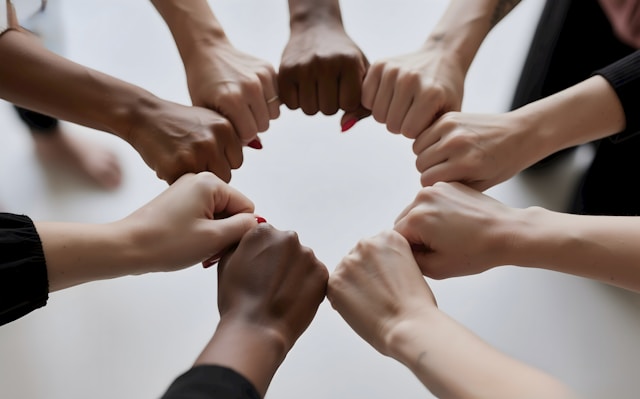Migration and integration are once again at a turning point in the European Commission’s agenda. While policymaking continues to dominate headlines, the human stories behind successful integration efforts often go under-reported. In this article we learn how newcomers across Europe are navigating the path from arrival to belonging, and how host societies are evolving alongside them.
The Starting Line: Arrival and First Steps
The journey from arrival to integration begins with the first challenges: finding housing, learning the language, and entering the labour market. Across the European Union, countries have ramped up efforts to support these steps. For instance, the Partnerships and Financing for Migrant Inclusion (PAFMI) initiative, launched in Belgium, Finland, Italy and the Netherlands, provides bespoke training, mentoring and micro¬loans to over 3,000 migrants.
But arrival also means adaptation to new social and cultural environments, and the path is rarely straightforward. According to the European Migration Network (EMN), in 2024 most EU countries reported specific measures to improve language acquisition, labour market access and active participation of third-country nationals in host societies. These early steps set the foundation — but they don’t guarantee belonging.
Overcoming the Early Hurdles
One of the key barriers newcomers face is the lack of recognition of skills and qualifications from abroad. Obtaining a job that matches one’s profile often takes far longer than arriving in the country. Language barriers remain a major issue in countries such as Austria, Estonia and Portugal.
Another obstacle is social isolation. Migrants often live in neighbourhoods with low inter-cultural engagement, and local services may not easily link them to host society networks. Urban studies, such as the one in Vienna, show that residential clustering often reinforces social borders rather than dissolving them.
Despite the challenges, many newcomers succeed in taking small but significant steps: enrolling in language courses, volunteering in community organisations, or obtaining certification of their previous qualifications. These milestones mark the transition from arrival to meaningful participation.
Transitioning to Belonging: Integration in Practice
Moving from adjustment to belonging requires more than surviving the early phase; it demands pathways into full participation in society.
What Belonging Looks Like
Belonging can mean being recognised as a member of the community: working in a job that reflects one’s skills; children going to school as peers of the local population; participating in civic life; feeling at home rather than simply tolerated.
Belonging is increasingly tied to how well national and local integration frameworks connect migrants and host communities. The European Integration Network emphasises that successful integration requires strong cooperation among public authorities, civil society, migrant-led organisations and the private sector.
Belonging also means that host societies recognise that integration is a two-way process. Newcomers adapt to their new environment, but the environment also adapts — through inclusive schools, workplaces and neighbourhoods that welcome cultural diversity.
Lessons from Across Europe: Key Take-Aways
From the past decade of migration and integration efforts, several lessons stand out. These lessons inform the shift from arrival to belonging and highlight what works.
- Prioritise early language support and recognition of foreign qualifications to speed up labour market entry.
- Create tailored mentoring, coaching and micro-finance schemes to empower migrants economically and socially.
- Build multi-stakeholder partnerships involving local authorities, NGOs, employers and migrants themselves.
- Focus on inclusive neighbourhoods, mixing housing, services and social spaces so that migrants and host community members interact.
- Collect robust data and monitor outcomes to refine integration policies over time.
Together, these strategies reflect a holistic approach — one that aligns with the empirical findings of MIPEX and other integration indices. The Migrant Integration Policy Index (MIPEX) 2025 results show that countries like Sweden, Finland and Portugal lead for inclusive policies, while many others still lag behind.
In particular, the PAFMI pilot illustrates how targeted support (training, mentoring, microloans) for over 1,200 migrants and 848 professionals can unlock new integration dynamics. Yet challenges remain – uneven integration across countries, policy-implementation gaps, and persistent societal attitudes that hamper full belonging.
Conclusion
From arrival to belonging is more than a catchy phrase — it captures a real journey of transformation, both for migrants and the societies that receive them. As the EU refines its integration frameworks and measures outcomes, the stories of individuals matter more than ever. They remind us that integration isn’t just about policies and numbers, but about everyday lives, belonging and community.
As more newcomers navigate the early hurdles and establish roots, Europe stands to benefit not only socially but economically by unlocking new talents, perspectives and connections.

